What brings you today is EBM technology. EBM technology was first developed and patented by Arcam, Sweden. Founded in 1997, Arcam specializes in the development and manufacture of EBM equipment. It currently has more than 50 related patents and more than 200 installations worldwide. Tsinghua University is the first in China to carry out EBM equipment research and development, master key technologies such as powder coating, electron beam precision scanning and forming control. It has independently developed a number of prototypes and has been verified in many enterprises and institutions. Currently, it is being carried out through Zhishu Technology. commercialize.
EBM principle
Electron Beam Melting (EMM) is a metal additive manufacturing technology that was first developed and patented by Arcam, Sweden. The working principle of EBM is similar to that of SLM, which is formed by completely melting the metal powder. The main difference is that SLM technology uses a laser to melt metal powder, while EBM technology uses a high-energy electron beam to melt metal powder.
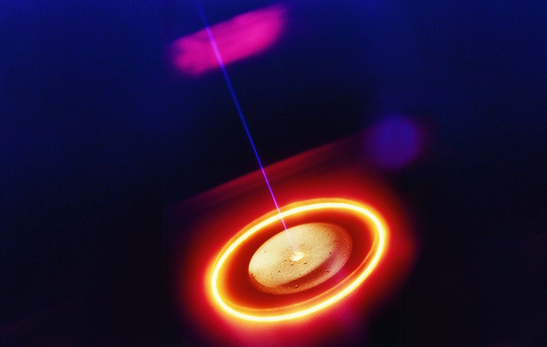
High energy electron beam melting metal powder
EBM technology, after laying a layer of powder before printing, the electron beam will quickly scan the powder layer for preheating, and the powder is in a slightly sintered state without being melted. This is a unique step in EBM technology. The SLM can preheat the temperature up to 300 °C, and the EBM technology can use electron beam scanning to preheat each layer of metal powder, so that the parts can be processed in the range of 600 ~ 1200 °C. The figure below shows the preheating process of the electron beam. Since the electron beam can jump quickly, it seems that there are multiple scanning lines heating the powder bed.
The specific printing process is that the computer converts the three-dimensional data of the object into 2D data of a layer section and transmits it to the printer. The printer selectively emits an electron beam to the powder above the laid powder, and the kinetic energy of the electron is converted into heat energy. The metal powder inside is heated to complete melting and formed into a current layer. The piston then lowers the table by a unit height, and a new layer of powder is spread over the sintered current layer. The device transfers the data of the new layer section for processing and bonding to the previous layer. The layers are cycled until the entire object is formed.
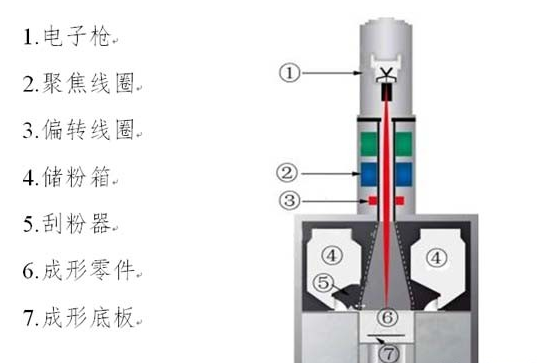
EBM equipment structure diagram (Source: South China Institute of Technology)
EBM's manufacturing process for parts needs to be carried out in a high vacuum environment, on the one hand to prevent electron scattering, and on the other hand some metals (such as titanium) become very active under high temperature conditions, and the vacuum environment can prevent oxidation of metals.
EBM vs. SLM
Both SLM and EBM devices use a high-energy beam as a heat source to selectively scan the metal powder on the molten powder bed according to the CAD layered data, and stack layers to form metal parts. There are three main differences between the two:
1. The heat source is different, the SLM uses the laser as the heat source, and the EBM uses the electron beam as the heat source;
2. The forming working environment is different, the SLM technology is melt-formed under inert gas conditions, and the EBM technology is melt-formed under vacuum conditions;
3. The working forming heat temperature is different. The SLM can preheat the temperature up to 300 °C. The EBM technology can scan and preheat each layer of metal powder by electron beam scanning, so that the parts can be processed in the range of 600-1200 °C;
4. Different thickness of paving powder. The powder layer thickness of the EBM is between 50 and 150 um. With a large powder thickness, parts can be manufactured in a shorter period of time and thus more efficient. Usually EBM is three times more efficient than SLM.
5. The powder has different particle sizes. The powder size of EBM is relatively coarse and is distributed at 45-105 um. For the SLM process, the overly coarse powder is at risk of being infiltrated. The finer the particle size of the powder, the higher the price, so EBM's consumables are more economical.
EBM Advantage & Technology Limitations
EBM advantage
1. The energy conversion efficiency of the electron beam is very high, much higher than the laser, so the energy density is high, and the powder material melts faster, so that a faster molding speed can be obtained and energy is saved;
2. High energy density can melt metals with a melting point of up to 3400 degrees Celsius;
3. The scanning speed of the electron beam is much higher than that of the laser, so the electron beam can be used to scan the preheating of each layer of metal powder during the molding process to increase the temperature of the powder. The preheated powder has a small residual stress after molding, which is advantageous in the manufacture of a specific shape and does not require heat treatment.
EBM technology restrictions
1. After the metal powder is preheated by the electron beam, it will become a slightly sintered state. After the completion of the production, the unformed powder of the EBM needs to be removed by a sandblasting process or the like, and if it is complicated, the inside of the complex shape may be difficult to remove;
2. Additional system equipment is required to create a vacuum working environment, so the equipment is relatively large;
3. The surface roughness of parts formed by EBM technology is greater than that of SLM technology.
EBM application
EBM can be used for the manufacture of models, prototypes, and small batches of metal parts with complex shapes. EBM technology can be widely used in the lightweight overall structure of aerospace and industrial fields, the manufacture of high-performance complex components (such as the manufacture of landing gear components and rocket engine components), and the manufacture of porous structural orthopedic implants in the medical field.
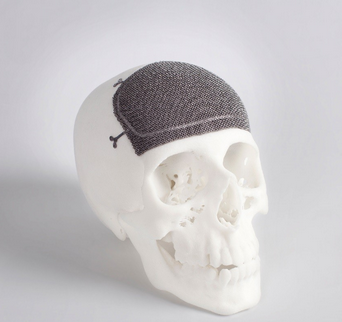
Application of EBM technology in orthopedics (Source: Arcam)
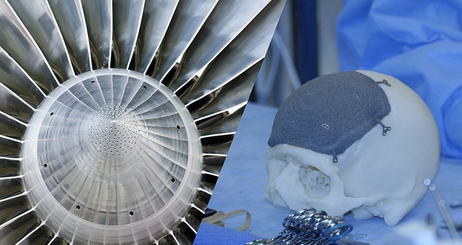
Application case of EBM (Source: Antarctic Bear)
EBM is also capable of producing metal materials that are difficult to manufacture by conventional processing methods, such as high temperature alloys commonly used in aircraft engines.
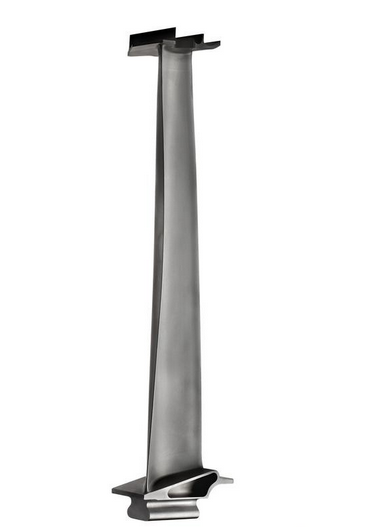

TiAl-based alloy blades made by EBM technology (Source: Arcam)
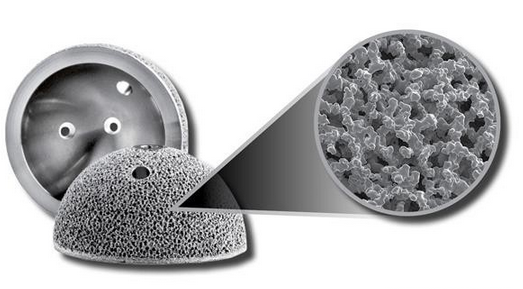
EBM made acetabular cup with porous surface (Source: ARCAM)
EBM material
The material of EBM is generally a multi-metal mixed powder alloy material, such as the current mainstream Ti6Al4V, cobalt-chromium alloy, high-temperature copper alloy and the like. These materials have their own unique characteristics, such as high temperature copper alloy with high relative strength, potential for high heat flux applications, excellent elevated temperature strength, excellent thermal conductivity, good creep resistance, etc. feature.
The EBM materials that have been commercially applied are: CoCrMo alloy, pure copper, pure iron, 316L stainless steel, H13 tool steel, metal tantalum, nickel base alloy, pure titanium, titanium alloy, TiAl based alloy.
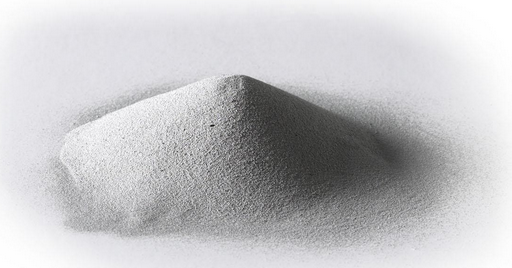
Metal powder for EBM technology (Source: Antarctic Bear)
We bring you the smallest, lightest, no-drip caulk gun for DIY use. It's so compact, can fit into the tight spaces.
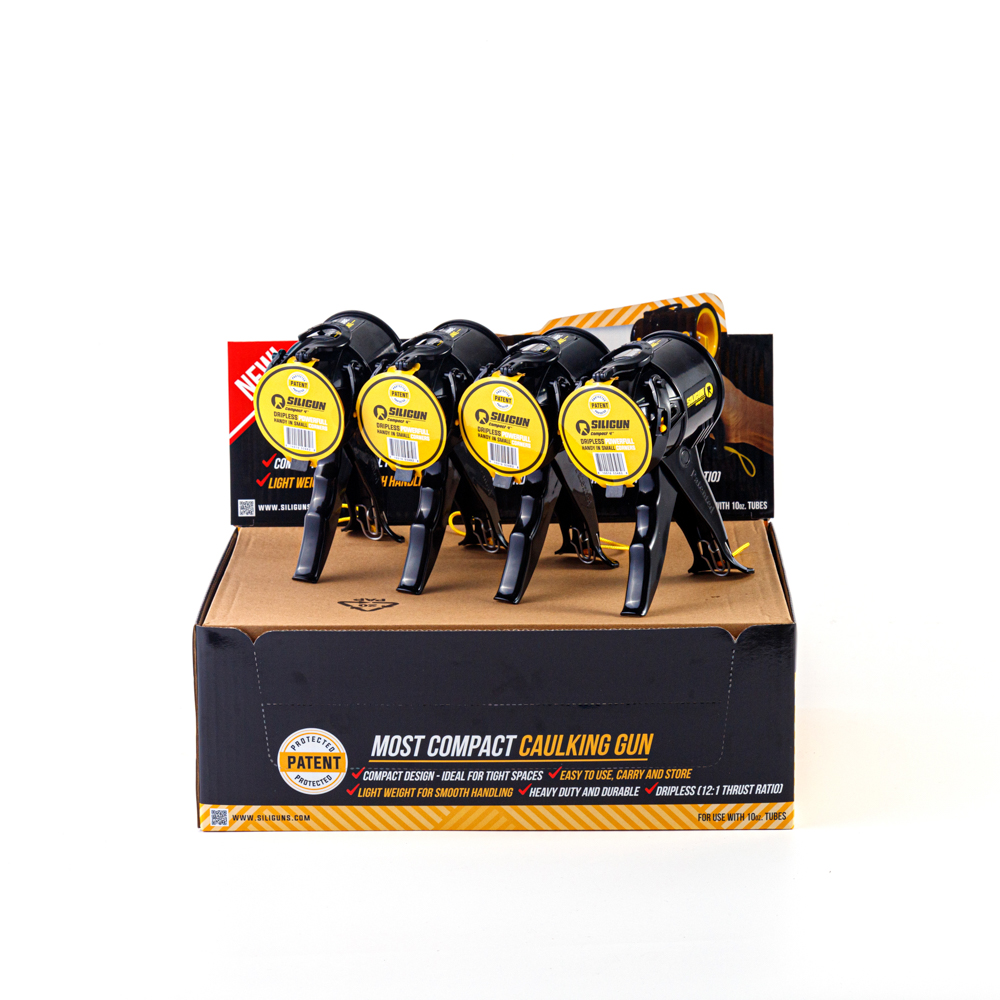 You can even cut off the excess from the cartridge to make it fit easier. This is the only caulk gun that gives you this unique feature. Once you tried this system, you will never go back to your old, masty, metal caulk gun.
You can even cut off the excess from the cartridge to make it fit easier. This is the only caulk gun that gives you this unique feature. Once you tried this system, you will never go back to your old, masty, metal caulk gun.
Plastic Caulking Gun,Plastic Silicone Gun,Plastic Sealant Gun,Pro Caulk Gun
jiangsu concentric internatinal ltd , https://www.jsconcentriccorp.com